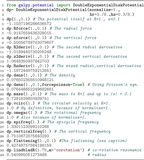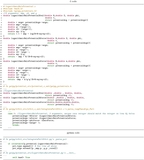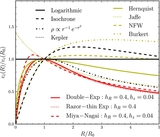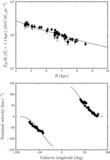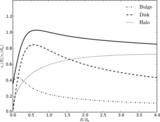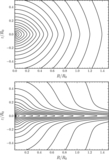Image Details
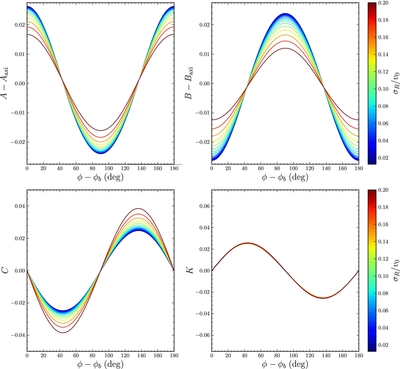
Caption: Figure 28.
Effect of the same elliptical perturbation to the potential as in Figure 26 on the Oort functions measured at R0, as a function of azimuth and initial velocity dispersion σR. The difference between the Oort functions and their axisymmetric value is shown (C = K = 0 for an axisymmetric disk). As for a cold disk, the Oort functions depend almost-perfectly sinusoidally on ϕ − ϕb, with A and B 90° out of phase and C and K −45° and 45° out of phase with respect to A. While A and B are closer to their axisymmetric values for warmer populations, C responds more strongly the larger σR. Remarkably, K is independent of σR.
Copyright and Terms & Conditions
© 2015. The American Astronomical Society. All rights reserved.




